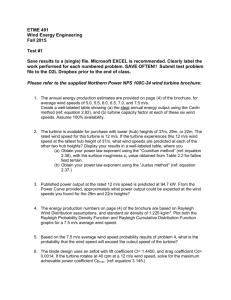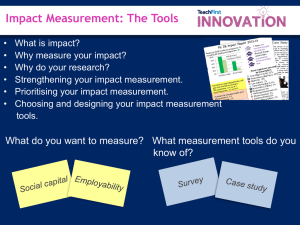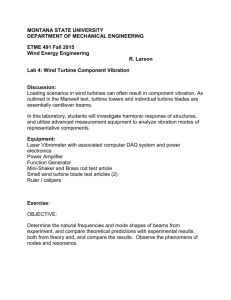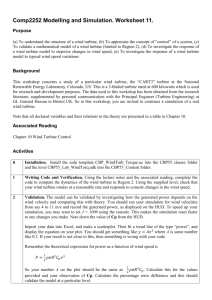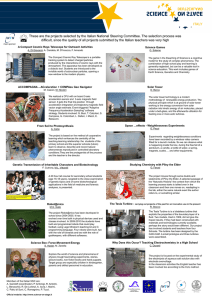Presentation
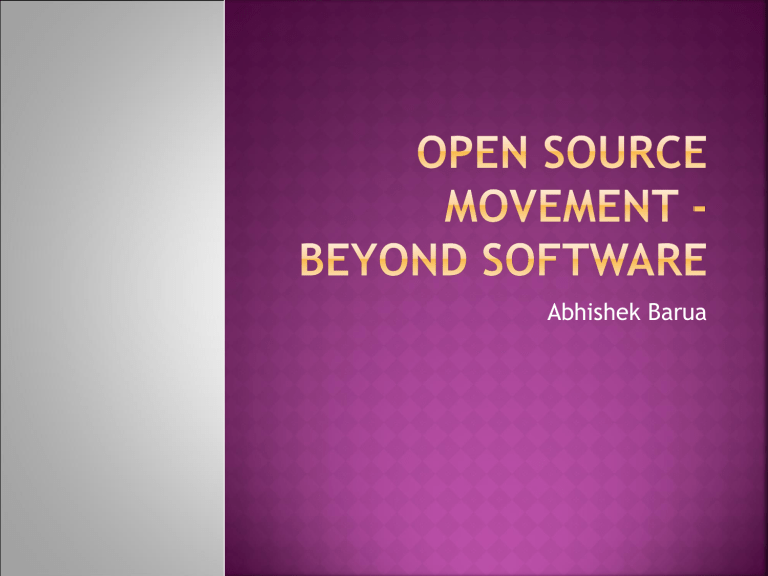
Abhishek Barua
Open source is the unique approach to analysis, design, development, and distribution of products or ideas, in a way that providing access to the intellectual property to everyone.
As opposed to the usual closed source, centralized models of development, the open source operating model allows for collaboration of concurrent input of different ideas, agendas and approaches.
Not a phenomenon, but a philosophy.
Not try to sell the idea of open source.
I will investigate
the economic theory behind this phenomenon like Commons-based peer production, Citizen science and Gift Economy.
the different operational models of open source development.
Application of open source paradigm beyond software.
I will give examples wherever available.
Commons-based peer production
term coined by Harvard Law School professor
Yochai Benkler a new model of economic production in which the creative energy of large numbers of people is coordinated (usually with the aid of the internet) into large, meaningful projects mostly without traditional hierarchical organization mostly without or with decentralized financial compensation.
Gift Economy
A social theory goods and services are given without any explicit agreement for immediate or future quid pro quo.
Ideally simultaneous or recurring giving serves to circulate and redistribute valuables within a community. can be considered a form of reciprocal altruism.
Different from planned economy – In planned economy goods and services are distributed by explicit command and control rather than informal custom.
Different from barter economy - In a barter economy an explicit quid pro quo — an exchange of money or some other commodity — is established before the transaction takes place.
The Cathedral model
source code is available with each software release, but code developed between releases is restricted to an exclusive group of software developers.
Exp - GNU Emacs and GCC
The Bazaar model
the code is developed over the Internet in view of the public. Linus Torvalds invented it.
Exp – Linux
Based on the concept of Open design.
Development of physical products, machines and systems through use of publicly shared design information.
The process is generally facilitated by the
Internet and often performed without monetary compensation.
Open source computer hardware
The free release of information about the hardware design, such as schematics, hardware description language (HDL), bill of materials and PCB layout data, often with the use of FOSS to drive the hardware.
Can be used by innovative projects like One-laptopper-child to reduce the cost of purchasing IPR licences.
Examples –
CPU – OpenSPARC, OpenRISC, Leon, OpenCores
Arduino
Open source Graphics cards
Wireless Hardware – OpenPattern, Sun Spot
Laptop – VIA openbook
Audio electronics – Midibox, Monome
Mobile platform – OpenMoko (similar to Google Android)
MultiMachine
all-purpose open source machine tool can be built inexpensively by a semi-skilled mechanic with common hand tools, from discarded car and truck parts, using only commonly available hand tools and no electricity.
Its size can range from being small enough to fit in a closet to one a hundred times that size.
It can accurately perform all the functions of an
entire machine shop by itself”.
This is an example in itself and has been implemented in Africa and other developing countries.
Open source turbine - To assist people in the developing countries, and hobbyists alike, several projects have been open-sourced.
Examples
the Jua Kali wind turbine
Hugh Piggot's wind turbine
ForceField Wind Turbine
Open source Free Space Optic system
It transmits data wirelessly using beams of light.
Can be used to replace a segment of LAN, as if they were directly connected via 10Mbit/s full duplex Ethernet
The range of the basic configuration is 1.4 km.
The device consists of a receiver and transmitter pipe (optical head) mounted on a sturdy adjustable holder. Two coaxial cables, like those used for TV antennas, are used to connect the rooftop installation with a protocol translator installed in the house near a computer or switch.
Exp – RONJA
(http://en.wikipedia.org/wiki/RONJA)
Open Innovation –
Companies cannot afford to rely entirely on their own research, but should
Instead of that, buy IPRs from other companies.
Internal inventions not being used in a firm's business should be taken outside the company. through licensing, joint ventures, spin-offs.
In contrast, closed innovation refers to processes that limit the use of internal knowledge within a company and make little or no use of external knowledge.
Example – Eclipse (most popular Java IDE) was an IBM innovation later made open source for further improvement.
Open Research –
the central theme of open research is to make clear accounts of the methodology, along with data and results extracted freely available via the internet.
This permits a massively distributed collaboration.
Citizen science
term used for projects of scientific work individual volunteers or networks of volunteers(many of whom may have no specific scientific training) perform or manage research-related tasks such as observation, measurement or computation.
Example – Openresearch.org, philoptima.org,
Open source drug discovery network, etc
Due to the dominance of big Record Level Brands, the music industry was getting monopolized.
They were influencing the taste of the people by promoting a few bands and not giving scope to talented new bands.
Open source record labels hold that the fight over free and open content and media is a struggle over the freedoms of expression and speech, with the goal of radically opening up the possibilities of media.
To this end, open source record labels attempt to release music under so-called "copyleft”, a license that enables musicians to develop music collaboratively and equitably and then release it into the same licence.
Examples – Magnatune, Opsound,Krayola records, etc
Idea that social networking and e-participation technologies will revolutionize our ability to follow, support, and influence political campaigns.
fundraisers meet on MySpace,
YouTubers crank out attack ads, bloggers do opposition research, cell-phone-activated flash mobs hold miniconventions in
Second Life.
Example - the Macaca video spread virally through the internet on YouTube and contributed to the electoral defeat of Sen. George Allen of Virginia during the 2006
U.S. midterm elections.
The Protection and Utilization of Publicly Funded
Intellectual Property Bill, 2008
This comes from the Ministry of Science and Technology
Have put before the Parliament and Draft Bill on IP for publicly funded research.
Unlike the Bayh Dole Act of the US that is the original inspiration for the Bill, it covers ALL IP -- including copyright.
It forces all publicly funded R&D to seek IP protection, otherwise face strict penalties.
The fact that lobbyists are trying to curtail the spirit of open source, proves its success.
Open Source is like Che Guevara. You will love it or hate it, but you cannot ignore it.




